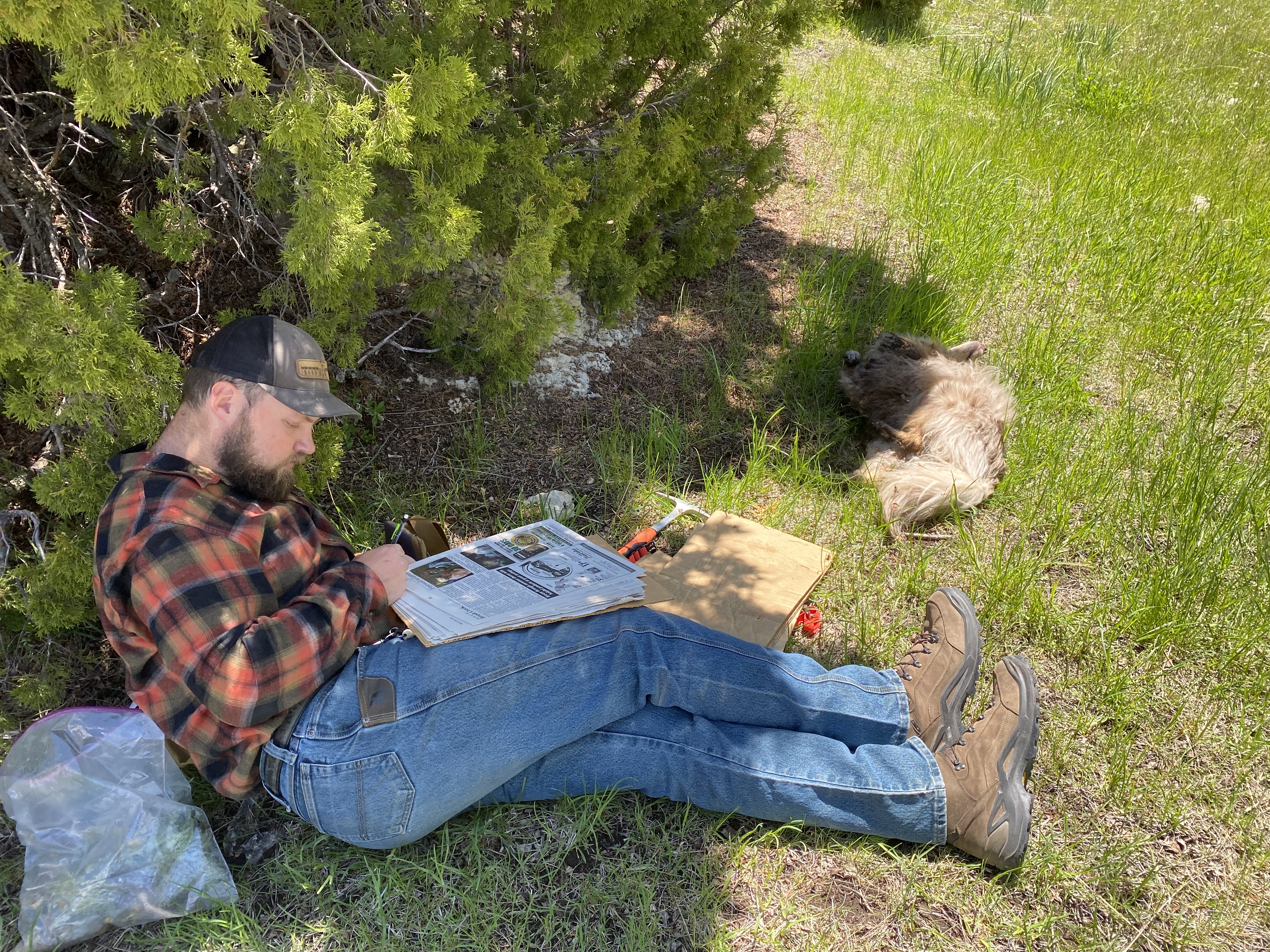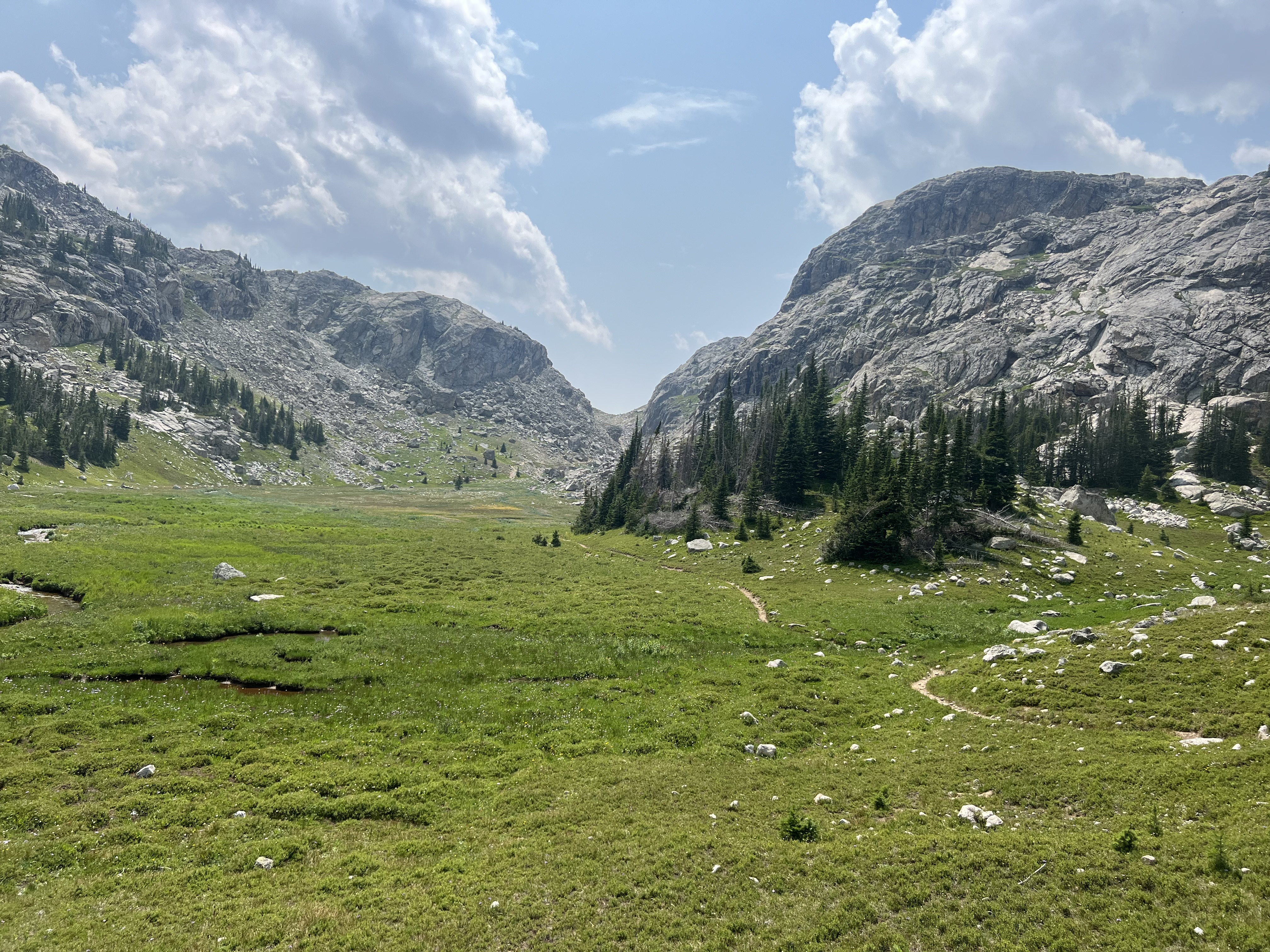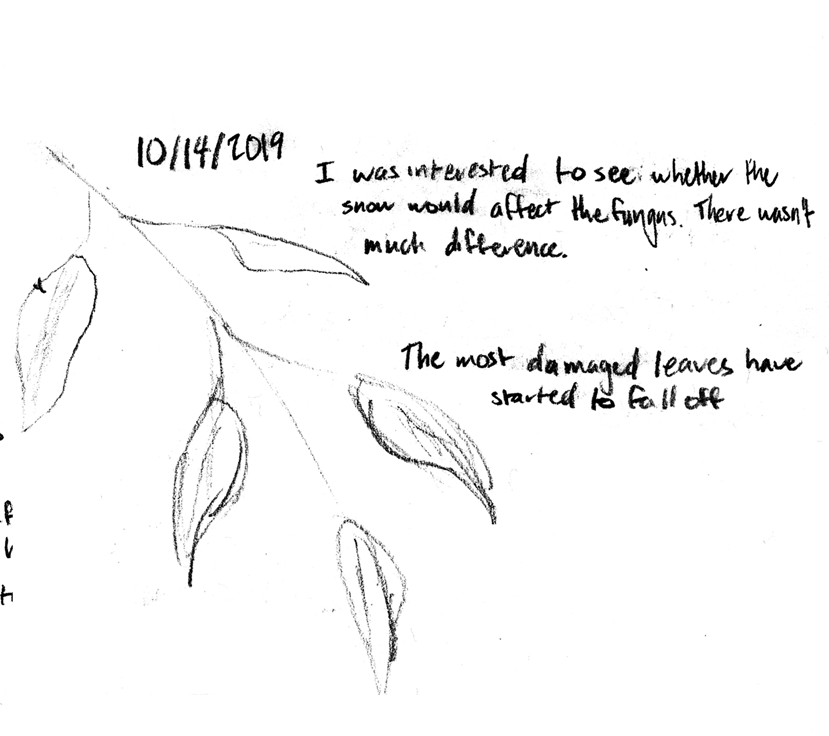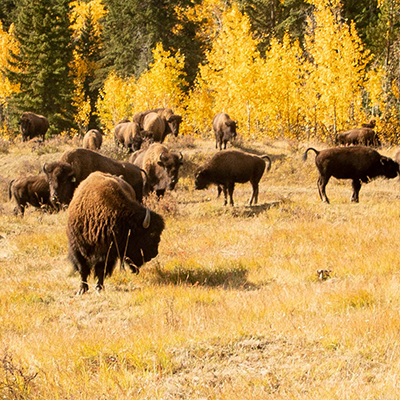No Slides Entered.
Daniel Coles - "A Flora of the Bighorn Mountains: Sheridan, Big Horn, Johnson, and Washakie counties, Wyoming"
Daniel Coles
2025 Recipient of the Biodiversity Institute Graduate Student Excellence Grant
Department of Botany
Graduate Advisor: David Tank
Background:
Human disturbances such as climate change and habitat alteration are driving species extinct at unpreced
Objective:
My research project is a comprehensive floristic inventory of the Bighorn Mountains in north-central Wyoming. The primary goal is to document the plant diversity, distribution, and ecological patterns across the range, with a particular focus on alpine and subalpine ecosystems. This work contributes to the Rocky Mountain Herbarium by providing high-quality voucher specimens and associated data and supports broader regional and continental-scale studies like the GLORIA Initiative. Through detailed field surveys, I aim to better understand species composition, biogeographic patterns, and floristic affinities.My research project is a comprehensive floristic inventory of the Bighorn Mountains in north-central Wyoming. The primary goal is to document the plant diversity, distribution, and ecological patterns across the range, with a particular focus on alpine and subalpine ecosystems. This work contributes to the Rocky Mountain Herbarium by providing high-quality voucher specimens and associated data and supports broader regional and continental-scale studies like the GLORIA Initiative. Through detailed field surveys, I aim to better understand species composition, biogeographic patterns, and floristic affinities.
Background:
Natural history collections are a valuable resource for understanding the patterns and processes shaping biodiversity on Earth through time. These collections serve as repositories for biological specimens within specific geographic regions, offering baseline data that scientists can use to explore various ecological phenomena, including evolutionary patterns and processes, species distribution, and environmental changes. At the RM, floristic inventories conducted over the last 40+ years helped build a valuable dataset of over 1.4 million specimens representing the region's vascular and non-vascular flora. This extensive documentation aims to capture the plant community composition and species distribution throughout the Rocky Mountain region. By cataloging these data through space and time, the RM’s collections provide important insights into changes in plant communities, their distributions, and their responses to climate change. Additionally, these collections have been largely digitized and made publicly accessible, which has been critical in identifying gaps in the region's botanical data. This extensive history ofBackground: Natural history collections are a valuable resource for understanding the patterns and processes shaping biodiversity on Earth through time. These collections serve as repositories for biological specimens within specific geographic regions, offering baseline data that scientists can use to explore various ecological phenomena, including evolutionary patterns and processes, species distribution, and environmental changes. At the RM, floristic inventories conducted over the last 40+ years helped build a valuable dataset of over 1.4 million specimens representing the region's vascular and non-vascular flora. This extensive documentation aims to capture the plant community composition and species distribution throughout the Rocky Mountain region. By cataloging these data through space and time, the RM’s collections provide important insights into changes in plant communities, their distributions, and their responses to climate change. Additionally, these collections have been largely digitized and made publicly accessible, which has been critical in identifying gaps in the region's botanical data. This extensive history of
Share This Page



Research Highlights




